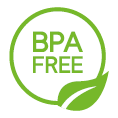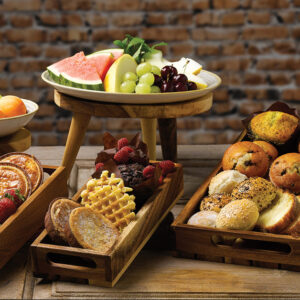Products
Products
Log in
NEW BUSINESS CUSTOMER
You need to be a registered business customer to be able to buy in our shop. If you don't already have an account with us, it's easy to create one!
Create Account
 (0)
(0)



